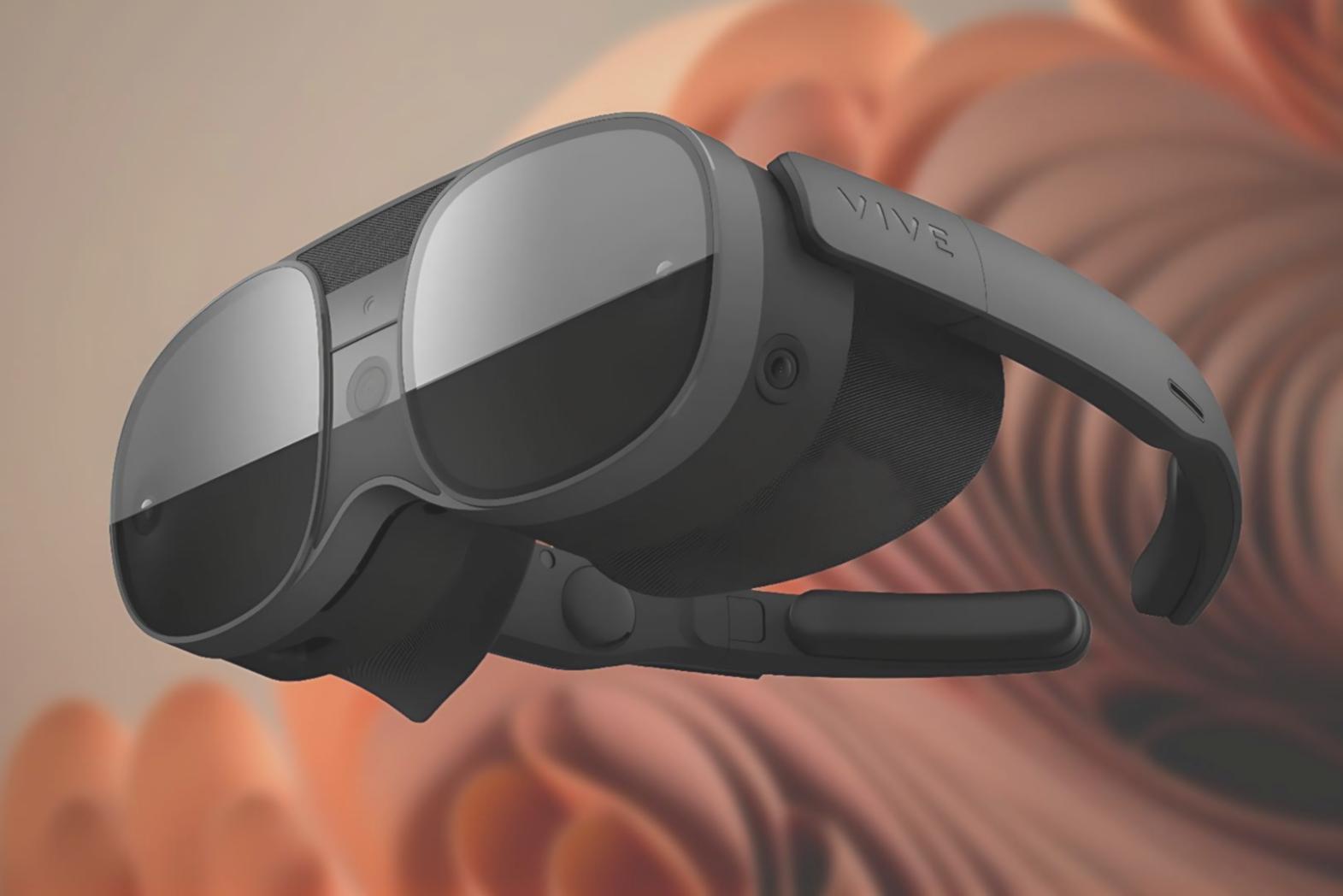Building Immersive Worlds Since 2018
We started in a small Madrid studio with one question: what if education could feel like exploration?
Most AR and VR experiences back then felt disconnected from actual learning needs. They looked impressive in demos but didn't hold up in real classrooms. We wanted to change that.
Our first project was a biology simulation for a secondary school in Malasaña. Teachers told us their students struggled to visualize cellular processes from textbooks. So we built an environment where they could walk through a cell membrane and see mitochondria working in real-time. The feedback changed everything for us.
Since then, we've worked with technical schools, university programs, and corporate training departments across Spain. Each project teaches us something new about how people actually learn when they're fully present in a virtual space.

Educational Experiences Created
Years Building VR Solutions
Partner Institutions in Spain
What Drives Our Work
These aren't corporate values we printed on posters. They're how we actually make decisions when projects get complicated.
Learner Focus Above Everything
When we design an experience, we start with the person who'll use it—not the technology. A university professor once asked us to recreate an entire historical city. We built three streets instead, focusing on interactions that actually taught architectural concepts. Less impressive in screenshots, but students retained the information months later.
Honest Communication
VR can't solve every educational challenge. Sometimes a well-designed interactive PDF works better than a full immersive environment. We'll tell you when that's the case. Our business depends on repeat clients, and that only happens when we're straightforward about what makes sense for your specific situation.
Iterative Improvement
We don't disappear after launch. Last year, a technical college told us students were getting motion sick in one of our simulations. We adjusted the movement mechanics within 48 hours and checked back weekly. That experience now has some of the highest completion rates we've measured.
Technical Precision
Details matter in virtual environments. If physics feel wrong or spatial audio doesn't match visual cues, learners notice immediately. We spend extra time on calibration and testing because breaking immersion breaks the learning experience.
Accessibility Commitment
Not everyone learns the same way or has the same physical capabilities. We build alternative interaction methods into every project and test with diverse user groups before considering anything finished.
Collaboration
Subject matter experts know their fields better than we ever will. Our role is translating their expertise into spatial experiences that respect their knowledge.
Realistic Timelines
Good VR development takes time. We give honest project estimates and explain why certain features require more development cycles than others.
Continuous Learning
Technology shifts constantly. We dedicate time each month to experimenting with new tools and techniques so we can offer current solutions.
Budget Transparency
We break down costs clearly and explain where your investment goes. No hidden fees or surprise charges halfway through development.
How This Works in Practice
They wanted a full factory simulation. After understanding their curriculum, we focused on three critical safety scenarios instead. Students now practice emergency responses in VR before stepping onto actual factory floors. The school extended our contract for five additional modules.
A Barcelona academy wanted conversational practice spaces. We built neighborhood scenarios where learners interact with virtual characters in everyday situations. Teachers can adjust difficulty levels and track which conversation types students avoid.
Currently developing a diagnostic environment for nursing students. We're working with active nurses to ensure procedures match real hospital protocols. Launch is scheduled for September 2026 after extensive testing with student groups.

Who We Are
Our team includes developers who understand pedagogy, designers who think about learning objectives, and educators who appreciate technical constraints. That combination matters more than individual credentials.

Oskar Tolvanen
Creative Director
"The best VR experiences feel so natural you forget you're learning. That's when real understanding happens. We chase that feeling in every project, even when it means rebuilding something three times."
Cross-Functional Teams
Every project has a developer, designer, and educational consultant working together from day one. This prevents situations where we build something technically impressive that doesn't actually serve learning goals. Weekly reviews keep everyone aligned on both technical feasibility and educational effectiveness.
Open Feedback Culture
Junior team members regularly spot issues senior developers miss. We've structured our process so anyone can flag concerns without hierarchy getting in the way. Last month, an intern noticed a navigation problem in a chemistry simulation that would have frustrated users. We adjusted the interface before launch.
Client Partnerships
We prefer long-term relationships where we understand your programs deeply. Three of our current clients have worked with us for over four years. When you know someone's teaching style and student needs, you can propose better solutions before problems arise.
Local Presence, Broader Reach
Our Madrid office serves clients primarily across Spain, though we've supported some international projects when they align with our expertise. Being local means we can visit your facility, meet with instructors, and observe actual learning environments before designing solutions.
Want to Discuss Your Project?
We're currently scheduling consultations for projects starting in late 2026. Initial conversations help us understand whether VR makes sense for your specific educational goals.
Start a Conversation